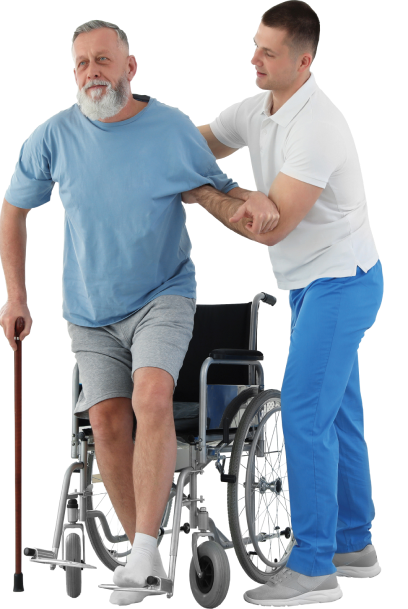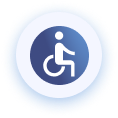INDIANTOWN, Florida — On a small grassy landing strip in southeast Florida on Monday, a crowd of onlookers watched as a sleek electric rotorcraft took off vertically with no pilot on board.
Eight rotors buzzed loudly to life as the aircraft’s nose reared up like a horse in preparation for takeoff from a field at Indiantown Airport. Once airborne, that noise soon quieted to a buzz, then a hum while the remotely piloted craft flew a circular pattern above the airport.
The aircraft is an AIR ONE, one of the first full-size prototypes built by Israel-based company AIR, headed by Rani Plaut. He watched the demonstration Monday and told attending reporters, investors and potential customers that he hopes AIR can make aviation accessible to more people.
“Right now, aviation is limited because of the skill set required, the training required and the noise that aircraft make, and other complications like downdrafts from helicopters,” Plaut told me in an interview before the event. “But electric aviation has the potential to change this paradigm. The range is still shorter than we would like now, but it will improve.”
He noted the potential pool of customers will still be relatively small: “I don’t have to sell to 20 million people in the U.S. I only have to sell to 2,000 people a year, and I’m confident we can do that.”
The AIR ONE lifts off from a field at Indiantown Airport as ??@AirEvtol? for piloted flight test and hoped for FAA certificate next year. #Evtol #aviation pic.twitter.com/t2CQeAq7Nj
— Paul Brinkmann (@PaulBrinkmann) October 20, 2025
Observers of Monday’s flight called out questions afterward. “Will it be air conditioned?” Yes, Plaut said. “How high can it fly, and how fast?”
“It’s designed for 10,000 feet, and maximum speed is going to be around 120 mph, (193 kmh) maybe a little more,” he responded.
Plaut said he believes he can sell the AIR ONE for less than $300,000 and have it classed as a light-sport aircraft with a range of 100-160 kilometers. AIR hopes FAA will also clear the design to be flown by individuals with a sport pilot license, but that is still being worked out.
Under the light-sport category, individuals can obtain a sport pilot license that requires only 20 hours of training, compared to the minimum of 40 hours required for the private pilot license required to fly a broader range of aircraft. Plaut said he sees the sport class as a middle ground between smaller craft that are purely for hobbyists and the larger passenger air taxis in development by companies including Vermont-based BETA Technologies and California-based Archer Aviation and Joby Aviation.
Plaut wants AIR to begin pilot-on-board testing by April under the current experimental permissions and by September receive FAA certification to begin commercial sales.
The AIR ONE has eight fixed propellers that don’t tilt or move at all. Maneuvering is achieved only by adjusting the rotation speed of propellers as they push air against control surfaces — dual propellers in four locations around the aircraft body.
The aircraft relies on “aerodynamic trickery” guided by software, Plaut said: “We have a lot of software, algorithmic patents that are able to extract a high level of efficiency” instead of moving any propellers or control surfaces.
AIR plans to base its manufacturing in the U.S., but a location hasn’t been finalized yet, according to Plaut.
He said the company has 2,700 customers on its waiting list, and he’s “spoken to at least 300 of them” personally. One thing he learned, he noted, is that his customers wanted wider seats than those found in a typical two-seat plane like a Cessna or Pipistrel.
“We have doctors who want to fly to islands in the Seattle area, people in Florida who fly to work each day, and even a guy in Utah who wants to fly to hunt for dinosaur bones,” he said.

 772.323.2722
772.323.2722




 Service Areas
Service Areas























